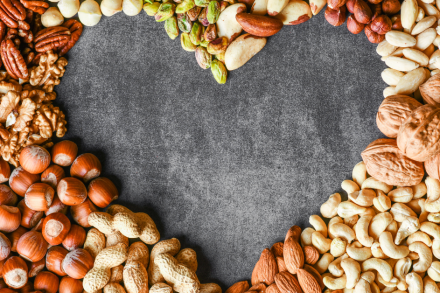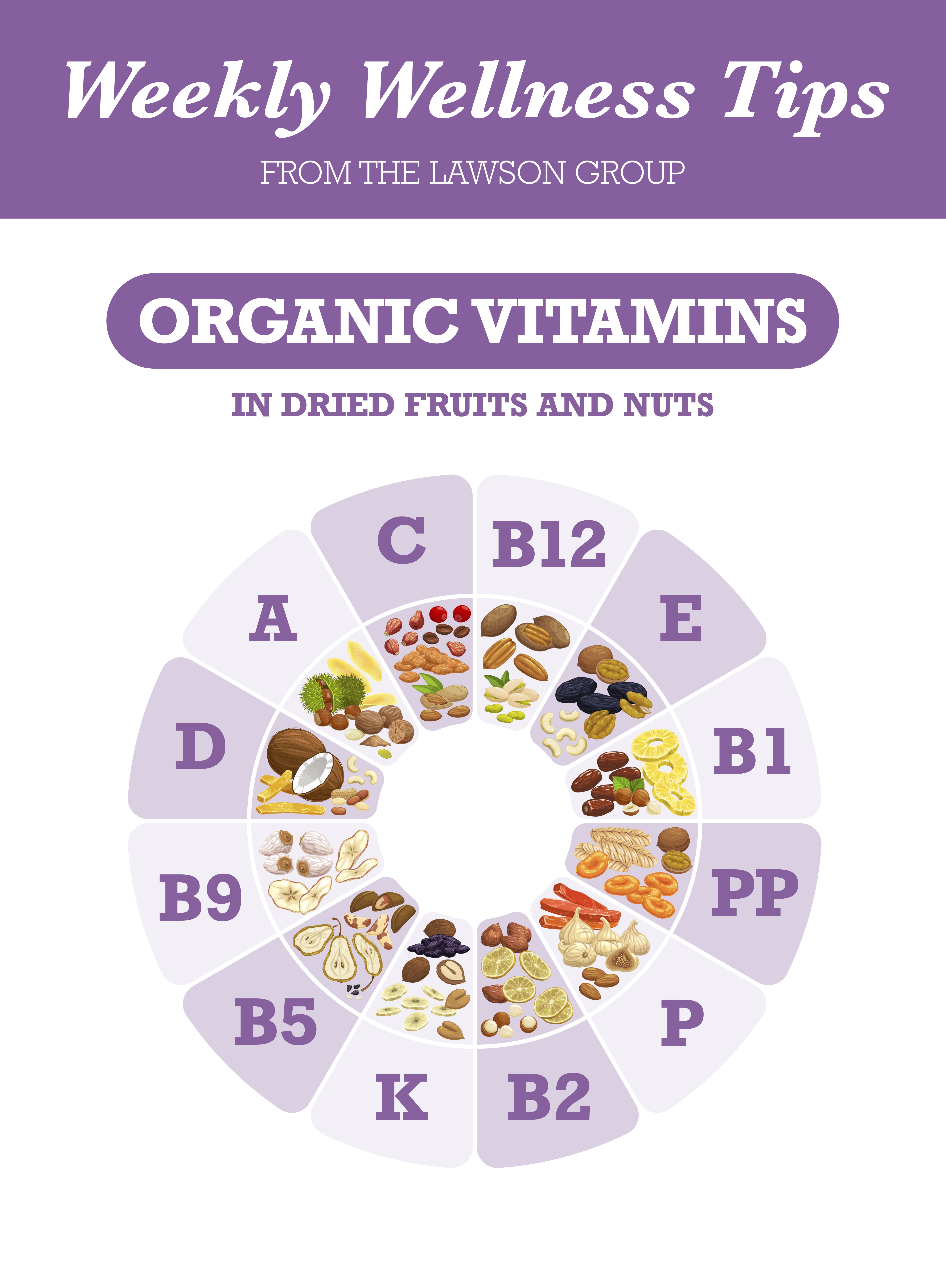
Did you know that technically, nuts are a fruit? Not only that, but the nutshell protects a kernel, which could be used as a plant starter or as a very delicious snack. From a culinary perspective, nuts are rich in protein, fiber, phytonutrients, and antioxidants.
They’re also delicious, easy to eat, and exceptionally versatile.
For a printer-friendly version of this article, click here.
A Not-So Hard Nut to Crack
Once you get through the thick shell, you’ll discover all the wonderful benefits of eating nuts.
If you take a look at almonds, hazelnuts, peanuts, pecans, some pine nuts, pistachios, and walnuts—each of which contains less than 4g of saturated fats per 50g—you’ll find that these have been found to help lower the risks of heart disease in people who consumed them regularly.
The FDA released a claim in 2003 stating that by eating 1.5 oz per day of nuts as part of a diet low in saturated fat and cholesterol, you may be able to reduce your risk of cardiovascular issues.
The Skinny on Fats
Nuts are high in fat, which sends up alarms for those watching their fat intake.
However, the fats in nuts are mostly monounsaturated and polyunsaturated (omega 3s, aka the good fats), which have all been shown to lower LDL cholesterol.
While nuts are also calorie-dense, adding a moderate amount of nuts to your daily diet has not been shown to cause weight gain.
Going Nuts for Nuts
Instead of simply adding nuts to your diet, eat them in replacement of foods that are high in saturated fats and limit your intake of these tasty treats to 1 to 2 ounces per day.
For instance, instead of adding chocolate chips when making cookies, sprinkle on some nuts.
Instead of making a deli meat sandwich, try a nut butter toast.
With a little imagination, nuts can easily be added to many recipes, including home-baked bread, cakes, soups, main dishes, sauces, stuffings, salads, and desserts. Not to mention, in combination with dried fruits, these snacks can pack a nutrient-rich punch!







